It was supposed to be just a few days until the arrival of the expected Zen 5 AMD CPUs. Their desktop version was supposed to come out at the end of the current month (July 31), but surprisingly, we now learn that the release was postponed at the very last minute. Fortunately, it doesn’t look like a big delay, but it is a bit worrying that it is supposedly due to issues caught in last minute testing this late into the launch preparations. Read more “Ryzen 9000 delayed due to last-minute problems”
Tag: AMD
Zen 5: AMD’s most innovative core since the original Zen [analysis]
It’s roughly two weeks until AMD releases processors with the new Zen 5 architecture. This week, we finally got proper details on these CPUs’ architecture, which AMD revealed at the Tech Day event. So, we can now break down the changes the company has made to the core, compared to Zen 4 – and they’re pretty extensive, probably more so than they seemed in June. And AMD also reiterated its promise of a 16% increase in IPC for these CPUs. Read more “Zen 5: AMD’s most innovative core since the original Zen [analysis]”
Ryzen 9000 can boost to higher clock than the official spec says
When AMD announced the Ryzen 9000 desktop CPUs with Zen 5 architecture at Computex 2024 back in early June, the company already revealed full specifications including the clock speeds. The boost clock speeds given for the highest model turned out to be the same as with Zen 4 (5.7 GHz for the Ryzen 7950X), but that wasn’t quite the final answer. As in previous generations, the maximum clock speed is actually higher than the official number. Read more “Ryzen 9000 can boost to higher clock than the official spec says”
“All” graphics cards in in-depth coil whine analysis
The number of graphics cards tested over the recent period has reached a number after which we can pause a bit and specifically focus on the noise level of their coils. The latter has always been recorded in standard measurements, but in large tests with lots of other information, this unique data was getting lost. That is why it will now, within the scope of this article, be limited to these only. So which of the modern graphics cards has the quieter coils? Read more ““All” graphics cards in in-depth coil whine analysis”
Big change for 3D V-Cache. Ryzen 9000X3D to be overclockable
After Computex, a report surfaced that the Zen 5 version of 3D V-Cache processors coming after the standard Ryzen 9000 models could have interesting extra features over previous generations, which was mentioned by company rep Donny Woligrosky. What exactly it will be, however, has not been said. It seems that the news could be the possibility of overclocking these CPUs, which has been missing until now due to the 3D chiplets. Read more “Big change for 3D V-Cache. Ryzen 9000X3D to be overclockable”
Ryzen 9000 to actually be cheaper than the previous generation?
As reported, mobile Zen 5 processors, the Ryzen AI 300, will be a bit delayed to the end of July. It raised the question of whether the desktop CPUs with Zen 5 cores, i.e. the Ryzen 9000 models, might also be delayed. The answer seems to have been found – a certain Slovenian online store has now included the Ryzen 9000 in its catalog. And it shows not only the date of availability, but also the prices, which are quite interesting. Read more “Ryzen 9000 to actually be cheaper than the previous generation?”
Zen 5 tested: Mobile core differs considerably from desktop one
Next month, AMD will begin selling both mobile Ryzen AI 300 “Strix Point” processors with Zen 5 architecture and desktop Ryzen 9000 with this new core. AMD only said vague things about the core at Computex, mentioning a 16% increase in IPC (for selected programs, of course), but now a test of a an actual specimen has appeared on the internet, revealing more about the Zen 5 architecture. And it’s very interesting stuff. Read more “Zen 5 tested: Mobile core differs considerably from desktop one”
Ryzen 9000 is here. Zen 5 architecture, IPC and model specs
After a long wait, it’s here. During its presentation at Computex 2024, AMD unveiled the Ryzen 9000 desktop CPUs, the first of the generation of CPUs based on the Zen 5 architecture. We now have confirmed specifications and also the IPC of this architecture (the officially stated value, at least). According to AMD, these are the fastest “consumer PC” processors of today, and the company has already shown the first performance claims. Read more “Ryzen 9000 is here. Zen 5 architecture, IPC and model specs”
800-series boards from both CPU brands coming, AMD skips 700
In recent days, reports have leaked that AMD’s new generation of processors with Zen 5 will come out in July and August (for laptops), with Intel’s new Arrow Lake and Lunar Lake processors coming out in September. But at Computex 2024, we can expect some previews from companies, and in particular, boards for these CPUs will be on display for the first time. They’ll be coming out for both Arrow Lake and Zen 5, and with new chipsets. Read more “800-series boards from both CPU brands coming, AMD skips 700”
Epyc 4004: AMD introduces server processors for AM5 socket
Some time ago we reported that AMD is preparing a low-cost server processor platform based on the AM5 desktop socket, derived from Ryzen CPUs. This has now been confirmed, the company has officially launched these processors as Epyc 4004. They can have up to 16 cores as well as V-Cache, but there is even a quad-core model, which you won’t normally find in a desktop. Otherwise, though, these the specs closely match Ryzen SKUs for PC. Read more “Epyc 4004: AMD introduces server processors for AM5 socket”
Ryzen Zen 5 APUs will no longer have drivers for Windows 10
Many people are reluctant to upgrade to newer versions of Windows, be it due to hardware requirements or changes in behavior and look. This is currently the case with Windows 11, but it seems that staying on Windows 10 will soon start to run into obstacles. From AMD, for example. This company is apparently starting to drop support for this OS. The company’s upcoming hardware will probably no longer have any drivers for Windows 10. Read more “Ryzen Zen 5 APUs will no longer have drivers for Windows 10”
RDNA 4 said to mostly be patched RDNA 3, RDNA 5 completely new
AMD hasn’t yet released the next-gen Radeon RX 8000 graphics cards, which will use the RDNA 4 architecture, so it’s probably a long time to the arrival of the following generation, which could be called RDNA 5 – but maybe also totally differently. Still, the first unofficial rumors have now surfaced about what RDNA 5 could mean in Radeon GPUs. This architecture could be a significant leap forward, unlike RDNA 3 and the upcoming RDNA 4. Read more “RDNA 4 said to mostly be patched RDNA 3, RDNA 5 completely new”
AMD rebrands CPUs too, mimics Intel’s Core Ultra with Ryzen AI
Last summer, Intel announced a transition to a new era of processors, symbolized by the rebranding to Core Ultra for Meteor Lake and the upcoming Lunar Lake and Arrow Lake processors. AMD has often copied Intel’s branding methods in the past, and it seens it’s going to do it again. The upcoming Zen 5 processors will get their own version of the Ultra gimmick, and ironically, Intel might actually be jealous of the idea, this time. Read more “AMD rebrands CPUs too, mimics Intel’s Core Ultra with Ryzen AI”
Windows 11 stops working on more processors, requires SSE4.2
This year, the vague uncertainty about Windows 11 not supporting older computers turned into reality, as the OS began using the POPCNT instruction, causing it to stop working on many processors. However, this was not all and the requirements may increase further. In fact, now Windows 11 is starting to require additional instruction set extensions that will shut down more processor families, including Phenoms and the first APUs. Read more “Windows 11 stops working on more processors, requires SSE4.2”
RDNA 4 Radeon GPUs: specs and performance of both chips leaked
Previously, new GPU generations were coming in 2-year cycles, which would mean a launch this fall. However, Nvidia’s roadmap has put the GeForce RTX 5000 launch into 2025 some time ago. AMD is still unclear on the launch date of Radeon RX 8000s, but there’s some chance it’s within this year. The specs of these GPUs using RDNA 4 architecture have now surfaced on the internet. If they are real, it might even point to a release relatively soon. Read more “RDNA 4 Radeon GPUs: specs and performance of both chips leaked”







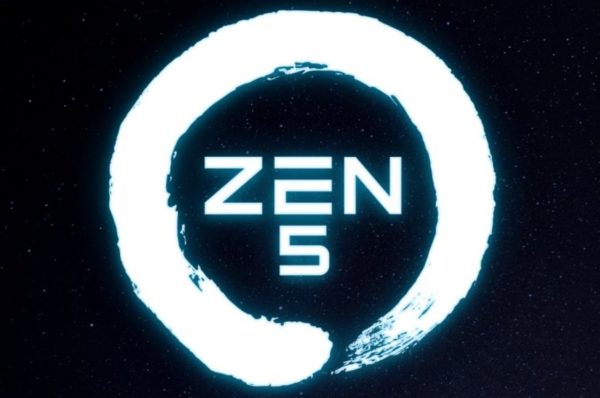
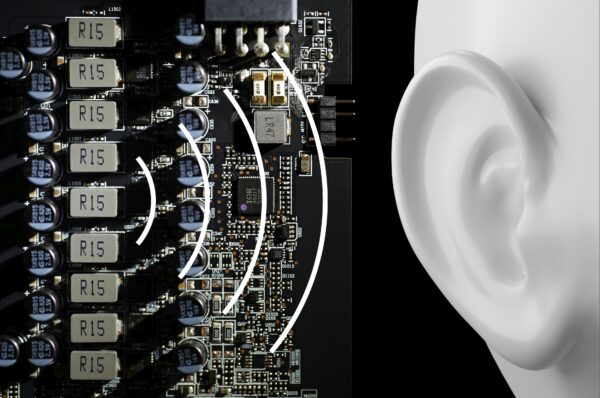
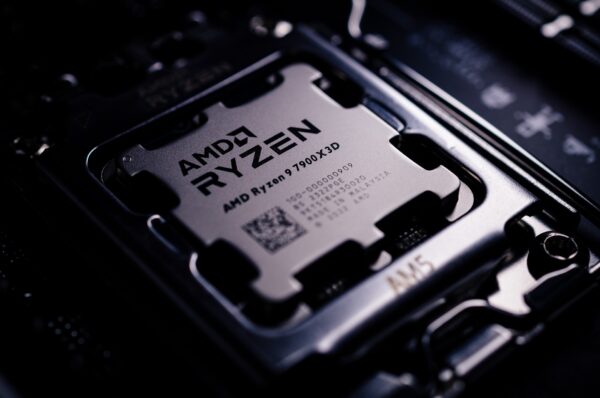

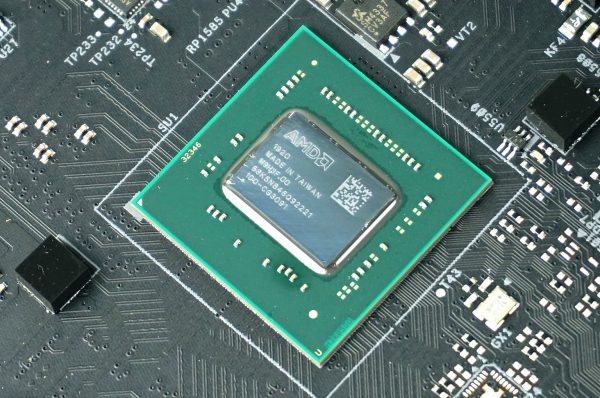

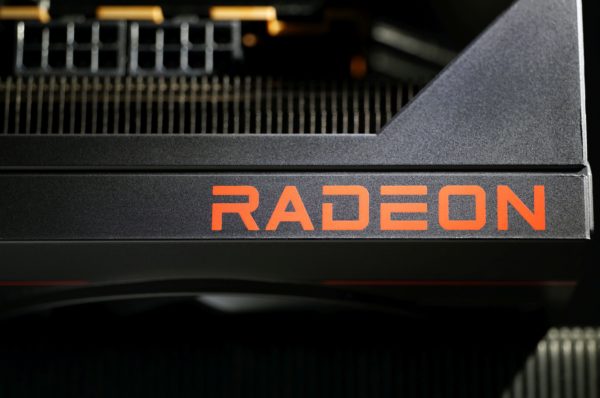

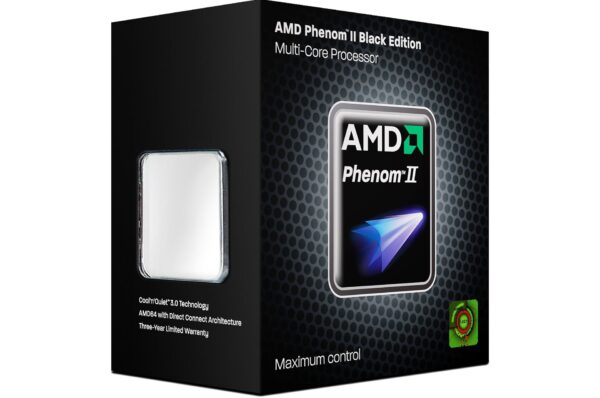
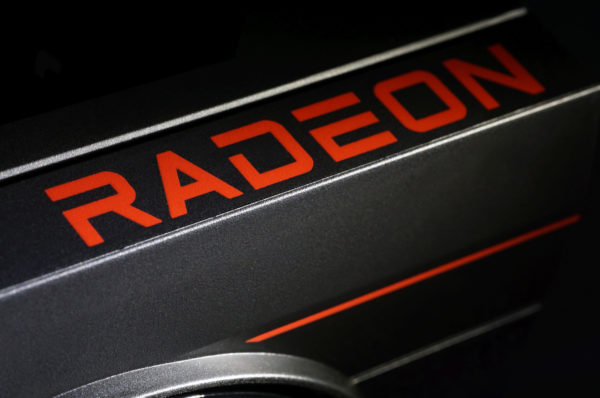



Latest comments